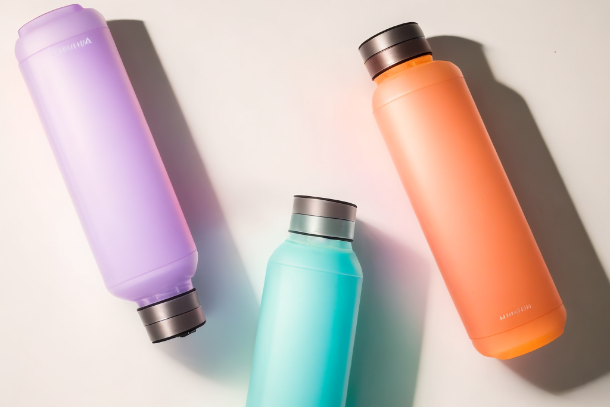The Best UK Beaches: What are the Types of Beaches with Clear Water?
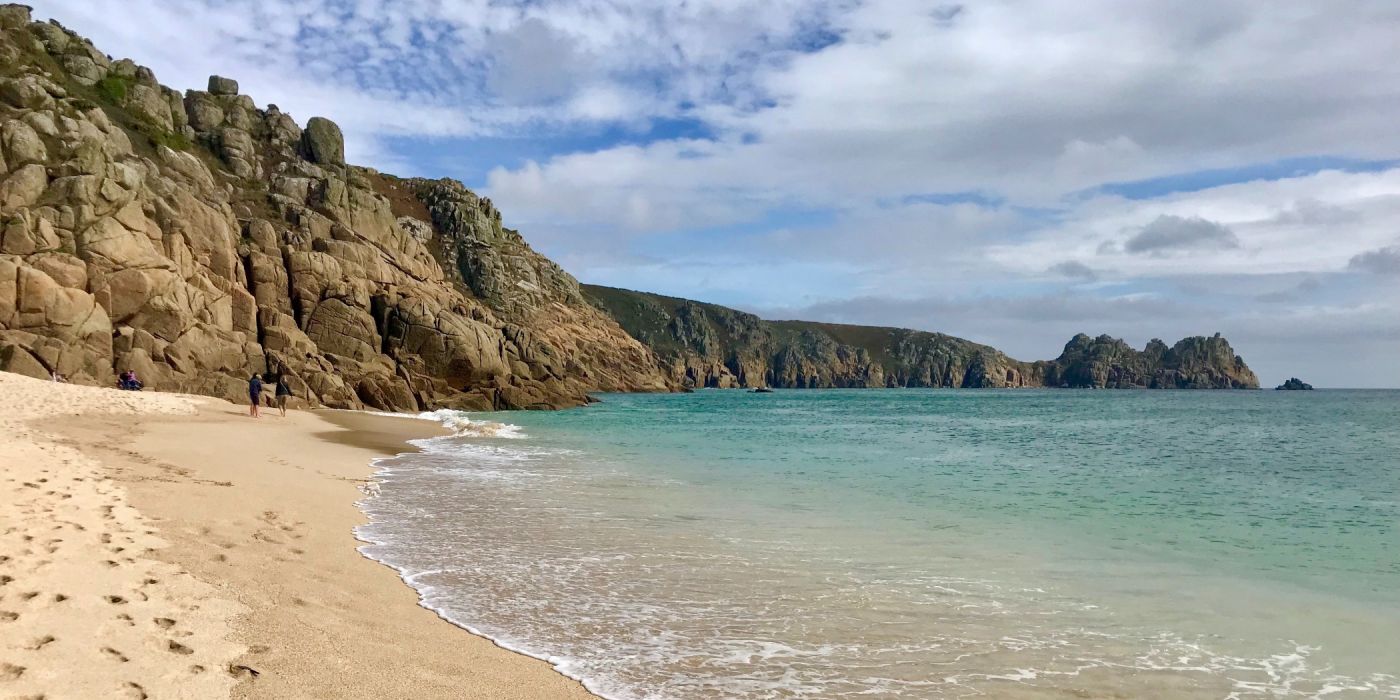
Beaches are relaxing for many, from the sounds of the waves crashing on the shore, to the feeling of sitting on the sand, people have long used beaches as a way of spending time in nature to relax and unwind.
If you are wanting to find the best beach to relax, we have compiled a list of the best UK beaches. Through analysing lists that compose the best UK beaches, we conclude that the best beaches to relax are sandy beaches that offer clear waters. They are beautiful to look at, the sound of the waves off a natural relaxant and sand offers the most comfortable of textures for sitting down on the beach.
The Best UK Beaches
Sennen Cove, Cornwall
The beach is a great relaxation destination. It is known for holding water activities, such as surfing. They host the UK's top surf school, and they ensure that there is an RNL lifeguard posted throughout the season. They have a Royal National Lifeboat Institution that is managed by volunteers, ensuring that the lifeboats are fully operational at all times. There is a beach café on location that can allow you and your family to eat throughout the day with the beach right by your side.
If you are looking to sun bathe, these locations are moved depending on the tidal movements. If you are looking for a long stay, there are close by hotels and accommodations that can cater to you and your family. Dogs have been banned on the beach, from May 15th to September 30th from 10am to 6pm (2021).
Pentle Bay, Scilly Isles
This beach has white sand and beautiful blue waters. Located on the island of Tresco, the crescent shaped beach gives you views of other beaches and islands. However, this is a quiet beach, with no lifeguards, restaurants or café, so this may not be a the best location for those who intend to take children with them on their trip to the beach. Yet, if you intend to go for the scenery and the conditions of the water, there are plenty of ways you will be able to find a source of entertainment. The beaches allow a range of sports, such as volleyball.
If you like to take nature walks, you may be more inclined to walk along the shore.
Woolacombe Sands, Devon
This beach is a great destination for family outings. It is an award-winning beach for its 3 miles of sand and its traditional sea side experience. There a many facilities, such as beach hunt rentals and water sport activities, such as kayaking, swimming and surfing. There is also a range of cafés, restaurants and shops a short walking distance from the beach.
The beach is privately owned by Parkin Estates who manage and reinvest into the beach.
Rhossili Bay, Gower, Wales
Rhossili bay offers a very large area of beach when there is a low tide. It has 3 miles of sand, which can be used for walks. It is even dog friendly all year round. There are various routes for you and your family that stretches into the Welsh coastal paths.
The beach was voted the best beach in the UK in June 2010 and then it has earned various titles in Europe and earned a spot within the best 10 beaches in the world. It offers facilities, such as shops, spaces to eat and drink, toilets, and it is suitable for water sport activities. It is worth noting that there are steep sections to walk down to get to the beach and therefore may not be a great destination for those who require easy access to beaches.
White Park Bay, County Antrim, Northern Ireland
This sandy beach offers three miles of white sand that allows for a secluded location even on its most busiest day. This beach offers a rare phenomenon. The sand on the beach is extremely fine, which means that the sand particles will vibrate together and you can hear a humming sound. It also doubles as a fossil beach and it has been known for fossils to have been found.
It is extremely important to note that the waters are not safe for swimming due the dangerous and strong currents. There are also no toilets located on this beach.
Durdle Door and Lulworth Cove, Dorset
Water broke through a large stack of rocks and created this amazing beach. This offers a secluded white pebble beach that overlooks the boats in the water. If you are particularly interested in photography, then Durdle Door is one of the most photographed beaches and would be a great addition to your collection.
There are no lifeguards at this location and you are unable to take such items like barbeques and fire pits. This beach is classed as a shingle beach, meaning that you should always wear the appropriate shoes. You are able to take your dogs on this beach all year round, however you need to ensure that you dispose of their waste properly as there are no bins on the beach.
Camusdarach Beach, Scotland
If you are looking for a natural beach that is not surrounded by large amounts of facilities, Camusdarach beach is a great destination for you. You can bring your own food and drinks to enjoy the white sand and clear water.
This is a great place to detox from built up beaches that reach a wide audience. Whilst this beach has been enjoyed by many, it still offers a great sense a nature.
Portstewart Strand, Derry, Northern Ireland
This beach consists of a two mile stretch of sand. It is a great destination for those who are looking to have a picnic or a walk along the sand dunes. It is worth noting that the habitats are a part of a nature conservation site, so ensure that you keep to the marked nature trails.
For people who are interested in water activities, this beach offers surfing. There is a seasonal lifeguard service also. In addition, you are able to take your dogs in selected areas of the beach.
West Wittering Beach, Sussex
This is a well built up beach that is a great destination for a day trip. They have drinking water fountains with showers that allow you to exit the water and shower down straight away. They also have a large array of cafés, but if you desire a restaurant, then you can take a short walk to a wider range of food options. You are unable to take your own food in the form of barbeques.
If you are intending to go swimming, you are unable to swim in the red flag area. If you ever find yourself in that area, call the coastguard.
You can take your dogs to the beach, but you have to pick up their mess.
Walberswick Beach, Suffolk
Home of 'The British Open Crabbing Competition', Walberswick beach is backed by sand dunes and offers a short walk into the village where you are able to explore the local facilities. It does not have a lifeguard, but this sand and shingle beach is dog friendly.
It is less cared for than other beaches, but it is a nice shallow beach, perfect for a family outing.
Types of Beaches
Sandy Beaches
This is common and sand is one of the most recognisable qualities of a beach. Sand accumulates on beaches due to the fact that it is formed from rocks and minerals that have been broken into tiny particles by the waves and the tide. Sand came come in different colours, and this is due to the type of minerals that make up the sand.
Yellow Sand - Iron is a mineral that, when exposed to air, oxidises. This is what gives the sand a yellow colour, and considering iron is a very common mineral, most beaches are made up of this type of sand.
White Sand - White sand is formed when the minerals consist of quartz.
Pink Sand - Pink sand is formed when the minerals are most likely feldspar, as well as the broken down coral, shells and calcium carbonate that is left by foraminifera.
Black Sand - Black sand is formed when volcanic materials, like lava, basalt rocks and dark coloured rocks have eroded.
Red Sand - Red sand comes from areas of sand that contains high quantities of iron.
Green Sand - This sand is made from olivine crystals that erode out of basalt.
Orange Sand - This sand is only known to be found on two islands. Both of these are characteristically volcanic and the orange sand comes from volcanic deposits and orange limestone that can be found in surrounding areas.
Seashell Beaches
Beaches will often wash up empty shells that will take residence on the shore. However, there are some beaches that will do this in mass quantities. When this happens, this can be rare. It is common to find shells on beaches, but for them to be fully composed of shells that are intact is only known in a select few beaches.
Rocky Beaches
When coastal cliffs erode, they crumble and fall, which causes rocks to outline the shore. These will be different shapes and sizes, depending on how much falls. Within rocky beaches, there are other categories, such as:
Shingle Beach - This is a beach that is made up of small to medium sized rocks, as opposed to sand. The stone size can vary between 2mm to 200mm. This is commonly found within European beaches. The rocks are smooth due to the waves naturally smoothing their surface with the crashing of the waves against them. Some sand a grit can be mixed in.
Pebble Beach - This consists of round, smooth stones that are relatively similar in size, around 1 to 4 inches. There is not much sand or grit to be found within these beaches.
Glass Beach
A glass beach is formed when glass that has been thrown into the sea has been thrown around in the water and the glass breaks down. There are some famous dump sites for glass that have since become some of the most popular glass beaches. There are some rare sea glass colours, such as turquoise, orange, yellow, black, teal and grey.
Cave Beaches
A cave beach is a great choice if you intend to go for the scenery. They are formed by the sea producing strong waves that consistently hit the rocks and they gradually get weaker over time. The rocks then start to erode and form a hole; which is the cave.
Fossil Beach
A fossil beach is an ancient beach that has caused a once living thing to become fossilised due to the change in water level or sea level. The shift in terrain has cause a sediment layer to preserve the fossils. Fossil beaches can be particularly helpful to help determine how much sea levels may rise in a warmer world, specifically in relation to climate change in future years.
Why are there some beaches with clear water?
It is commonly knowledge that some beaches have murky, dirty water and others have beautiful, clear waters. It is widely thought that the conditions of the water are due to the levels of pollution that may be affecting it. However, upwelling, which refers to the rising of seawater, happens and causes murky water to rise.
Additionally, sediment is an important aspect of water. Areas that have smaller sand particles are easily disrupted, meaning that the water is going to be murkier. In places where the sediments are bigger and rougher, it is harder to disrupt them, meaning the water is clearer. According to Wales Online, these are the top three beaches for crystal clear water in the UK.
1 Sharrow, Cornwall
This beach is small, but this sandy beach with elements of rock only add to the beauty of the clear waters. You are able to access the beach via a public footpath that overlooks the beach. In addition, it has coves during high tide hours.
2 Gyllyngvase Beach
This beach is Falmouth's biggest beach with clear waters and fine sand. It is popular for families who love to get involved with water activities. It is one of seven beaches in Cornwall that has received the Blue Flag Award in 2020, which commemorates them for being a clean beach, with high quality water.
3 Silver Bay Rhoscolyn, Anglesey
This is a small beach that is isolated, but allows for a great sense of comforting solitude. It is surrounded by large rocks and offers waves for surfers, but be mindful of the beaches rocky edge.
Related to this article are the following:
- A Guide to Floating: The Ultimate Relaxation Technique
- The Allure of Perfect Swimming Beaches: A Dip into Paradise
- Craniosacral Therapy: Unleashing the Healing Potential of Gentle Manipulations
- Uncovered: Exploring the Healing Power of Pressure Points
- The Ultimate Guide to UK Festivals in 2023: Music, Camping, and Relaxation
I do hope you have enjoyed this article and hope that you will subscribe to my newsletter so you can get the latest information about all things naturally relaxing.
Stay in touch, join the Naturally Relaxing Newsletter
Newsletter Signup
Post Your Comments
or post as a guest
Be the first to comment.
Latest articles in Water
Idea is to do article on waterfall
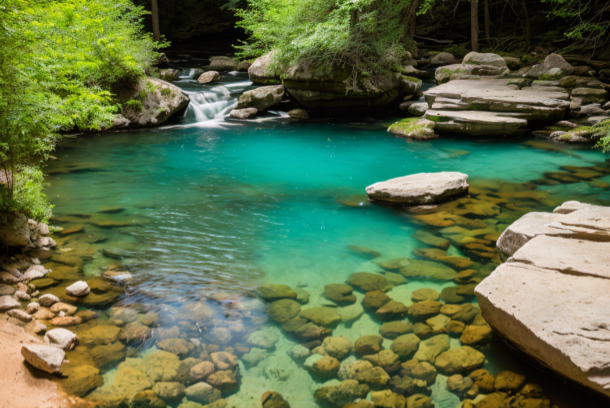
Finding the Perfect Swimming Hole: Your Comprehensive Guide
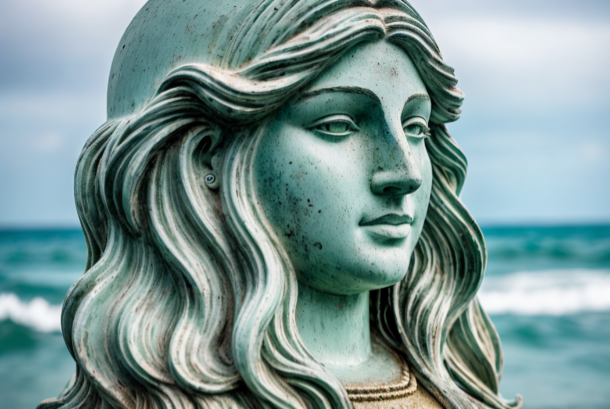
Exploring Sea Deities Around the World: A Dive into Global Mythologies
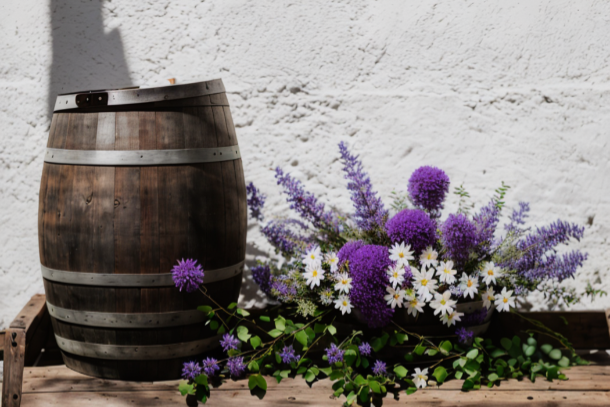
Harvesting Rainwater: A Comprehensive Guide to Rain Barrels and Water Storage
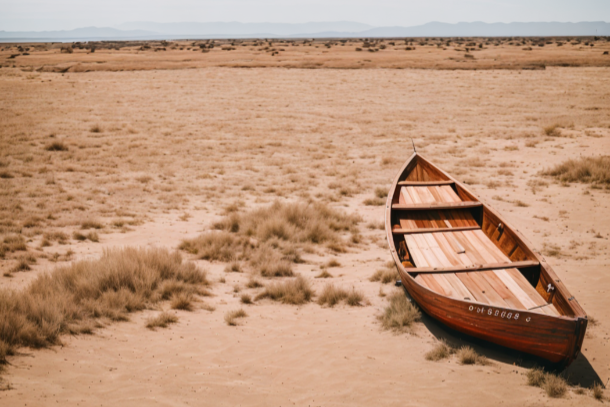
Creating Resilient Gardens: An Expert Guide to Drought-Tolerant Landscaping
